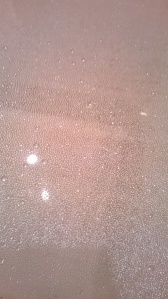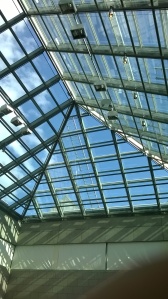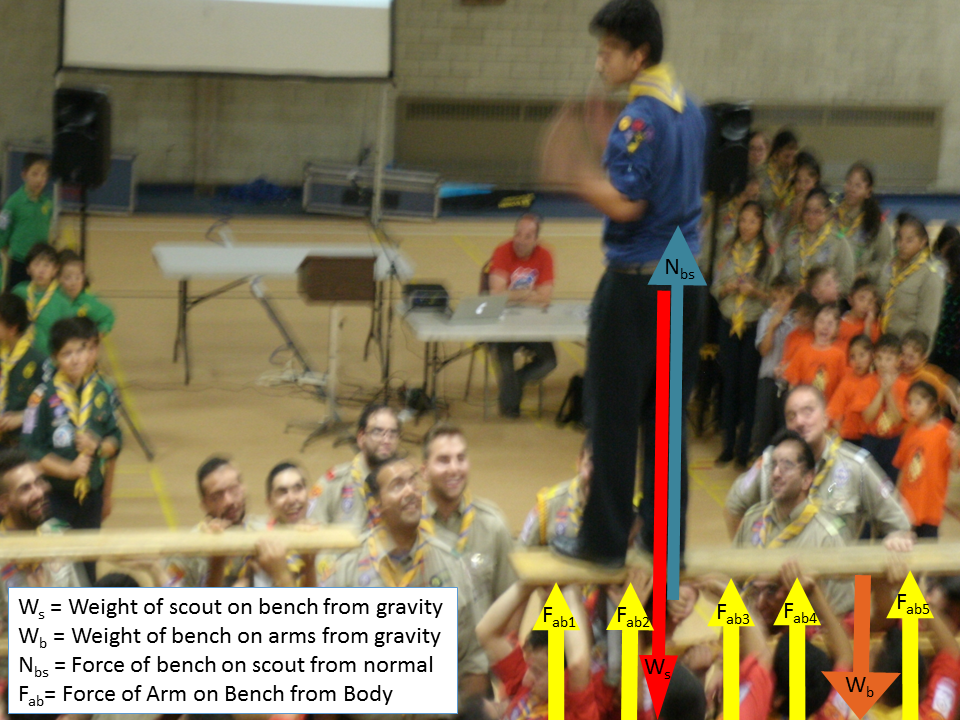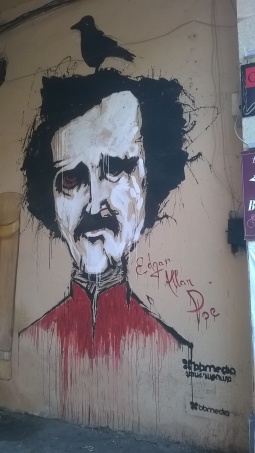Our bridge is based on a previous winner, the design being a “Queen post truss bridge” (many upward supports, a few slanted supports). However, as a group, we went very much against the grain in terms of design. Rather than having a long and flat track go from one end to another, our track is in the form of a ramp, to distribute the tension at an angle throughout the structure. This reduces the force on the center of where the weight will be placed.
We designed with the intention of having the best efficiency. As a tradeoff, we didn’t put as many supports as we could have; rather we placed supports at strategic locations to make the bridge hold as much as possible with the low bridge weight (approx. 192g). To keep weight low, our height and length were kept at a minimum. Keeping the height short benefits us, since the shorter the vertical members are, the smaller the chance is that it will spontaneously snap (shorter length results in better compression strength). By keeping the length short, the structure is less likely to cave in on itself when it’s on the crossing.
Inside the bridge, there are hidden diagonal beams to distribute tension found on our roadbed to areas with little tension.
The vertical bars act as compression for the bridge, the diagonal pieces at the end are compression as well, and the roadbed itself acts as one long tension force. The vertical bars are used to support the specific type of roadbed in use. If we had used a flat roadbed, the vertical supports would be less crucial. Spaghetti works better for compression than tension.
Best of luck to competitors!
Background image source:
http://www.dreamstime.com/royalty-free-stock-photo-cartoon-river-landscape-image20604615







You must be logged in to post a comment.